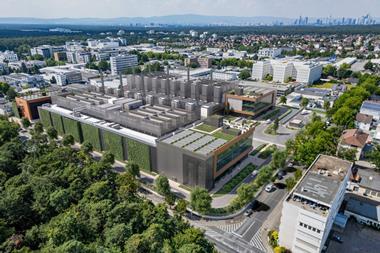Europa Capital has expanded its core diversified income assets in Europe with the acquisition of a €15.5m logistics asset in the Netherlands.
The manager’s core long-term income investment strategy - which is seeded with capital from its parent company Mitsubishi Estate - has bought the fully leased 21,054sqm asset located on Atlasstraat in Vossenberg II industrial estate in Tilburg.
The acquisition is as part of an investment strategy into core diversified income assets in Europe, the manager said.
Last week, Europa Capital bought a second office asset for its core strategy and said it expects further investments across the office, industrial and residential sectors. This was after an acquisition in June last year when it bought of a multi-let office building in Munich, Germany.
The combined Paris, Munich and Tilburg transactions take the total investment for Europa Capital’s diversified income strategy to over €155m with further acquisitions being targeted by the end of the year.
In the short term, Europa Capital will primarily seek additional investments in office, logistics and residential assets and is targeting an investment capacity of up to €500m sourced from institutional investors in Europe, Asia and the Americas, the manager said.
James Farmer, the transaction director at Europa Capital for core products, said: “We have acquired an asset in undoubtedly one of the strongest logistics locations in the Netherlands, which benefits from compelling occupational market dynamics that should translate into strong diversified income performance for this strategy.
“We intend to follow up this acquisition with further investments into the logistics sector, which is buoyed by structural changes in retailing, e-commerce and supply chains, with a particular focus on the Dutch market.”
Andy Watson, a partner at Europa Capital, said: “This third acquisition plants a flag for the diversified income strategy in each one of our three main target markets: France, Germany and the Netherlands.
In selecting this stock, the manager sees three buildings which are deliberately diverse by sector and location but share a common theme: locations in undersupplied markets with healthy demand and which have begun to see real income growth, Watson said.
“In the short to medium term, there are strong prospects of further income growth at these properties. In the longer term, these are locations which should remain liquid in both occupational and investment markets.”
















